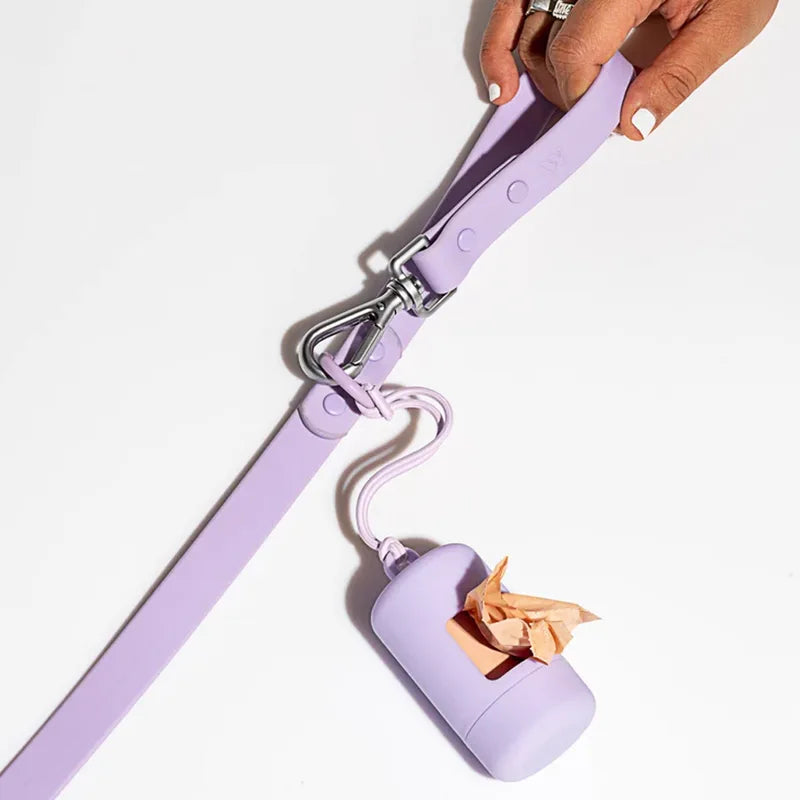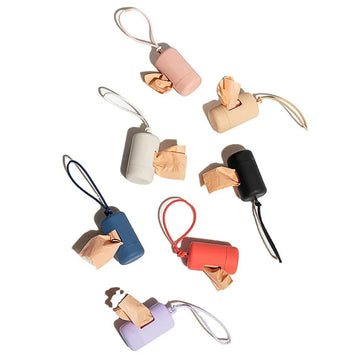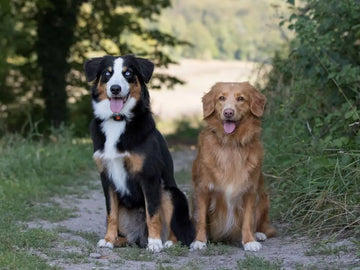Potty training a new puppy can seem daunting, but with the right approach, it can be a smooth and successful process. Puppies are eager learners, and when you understand their behavior, you can guide them to the right habits. In this comprehensive guide, we'll walk you through everything you need to know to effectively potty train your puppy. Let's get started!

Introduction: The Importance of Proper Puppy Potty Training
Potty training is one of the first and most crucial steps when bringing a new puppy home. Without proper training, a puppy can develop habits that are hard to break, leading to frustration for both the owner and the pet. A well-trained puppy knows where and when to do its business, which fosters a clean, happy, and harmonious home environment. This guide covers proven techniques, ensuring your puppy learns quickly and consistently. Remember, maintaining a clean environment is not only about regular potty routines but also about using proper dog cleaning supplies for accidents.
Understanding Puppy Behavior and Potty Needs
Puppies are naturally inclined to keep their sleeping area clean, so they are receptive to potty training if done correctly. Understanding your puppy's basic needs is key. Puppies have small bladders and can't hold it for long periods, especially when they are young. Generally, puppies need to relieve themselves:
- Right after waking up
- After meals or drinking water
- During and after playtime
- Before bedtime
By recognizing these natural tendencies, you can create a training schedule that aligns with your puppy’s needs.
How to Potty Train a Puppy: Step-by-Step Guide
-
Choose a Designated Potty Area: Pick a spot in your yard or outside your apartment where you want your puppy to relieve itself. Consistency in location helps your puppy associate that spot with potty time.
-
Stick to a Consistent Schedule: Take your puppy outside at the same times every day, especially during the critical moments mentioned earlier. Consistent timing helps them develop a routine.
-
Use Positive Reinforcement: Praise and reward your puppy immediately after they do their business outside. Positive reinforcement makes them understand they have done the right thing.
-
Supervise Your Puppy Indoors: When indoors, keep a close eye on your puppy. If they start sniffing around or circling, take them outside immediately.
-
Handle Accidents Calmly: Puppies will have accidents; it’s part of the learning process. Avoid scolding or punishing them, as this can create anxiety around potty time. Instead, clean up thoroughly and reinforce the right behavior when it happens.
Choosing the Right Potty Spot for Your Puppy
Finding the right spot is essential. Make sure it’s a quiet, accessible area that your puppy can quickly associate with potty time. Avoid busy or loud locations that may distract or scare your puppy. The more consistent you are with this spot, the faster they will learn. Using pet supplies like puppy pads initially can help with the transition, especially if you live in an apartment or a high-rise.
Setting Up a Potty Training Schedule
Routine is crucial when it comes to training. Set up specific times throughout the day when you take your puppy outside. A typical schedule might look like:
- First thing in the morning
- After each meal
- Mid-morning and mid-afternoon
- After playtime
- Before bedtime
This consistency helps the puppy learn when and where they are supposed to relieve themselves.
Crate Training as Part of Potty Training
Crate training is a helpful method because it aligns with a puppy’s natural instincts. Puppies do not like to soil where they sleep, so they learn to hold their bladder while in the crate. When you take them out, immediately lead them to their potty spot. Make sure the crate is the right size—large enough for comfort but small enough to discourage using a corner as a toilet.
The Role of Positive Reinforcement in Puppy Training
Positive reinforcement is the cornerstone of successful puppy training. Whenever your puppy relieves itself in the correct spot, immediately reward them with praise, treats, or affection. This immediate reward reinforces the desired behavior. Consistency in this approach will make the training faster and more enjoyable for both of you.
Signs Your Puppy Needs to Go Potty
Every puppy gives signs when they need to go out. Some common indicators include:
- Sniffing the ground
- Circling a particular area
- Whining or barking near the door
- Restlessness or pacing
Recognizing these signs early and responding promptly is key to minimizing accidents indoors.
How Often Should You Take Your Puppy Outside?
Young puppies, especially those under 3 months old, may need to go outside every hour. As they grow older, they can hold their bladder for longer periods, typically one hour for each month of age. Regular potty breaks reduce the likelihood of accidents, making it easier for your puppy to learn.
Dealing With Accidents During Potty Training
Accidents will happen, and it’s important to handle them correctly. When an accident occurs, avoid punishment, which can lead to fear and confusion. Instead, clean the area with an enzyme-based cleaner to remove any lingering scent, which might otherwise encourage the puppy to use that spot again. Focus on reinforcing positive behavior instead.
How to Potty Train a Puppy in an Apartment
Living in an apartment doesn’t mean you can’t potty train your puppy effectively. Use dog potty products like puppy pads inside as a temporary solution while establishing an outdoor routine. However, it’s crucial to phase out the pads once the puppy understands they need to relieve themselves outside. Frequent and consistent trips outdoors, even if they involve using an elevator or stairs, will be essential.
Why Consistency is Key in Puppy Potty Training
Consistency is one of the most critical elements of successful potty training. When your puppy knows what to expect, where to go, and when to do it, they will adapt much faster. Set a routine and stick to it; changes can confuse the puppy and prolong the training period. Consistency should also apply to your commands, rewards, and the designated potty area.








